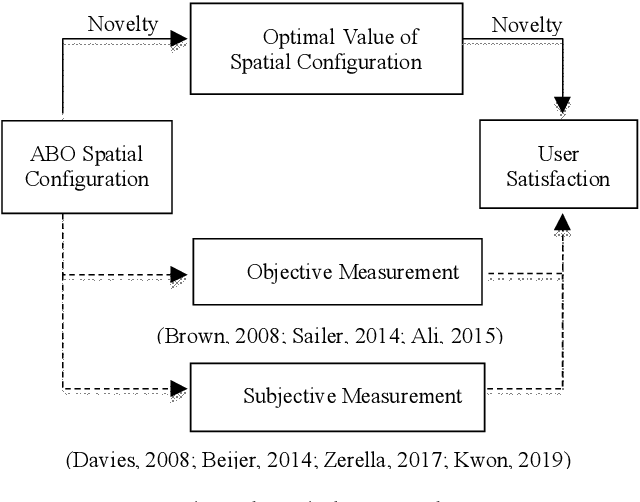
SMART CITY Universitas Indonesia has four major research topics: 1) Energy & Environment, 2) Infrastructure, 3) Information & Communications Technology and Mobility, and 4) Quality of Life. As a research center, it does not limit its research activities on these topics but encourages its researchers to conduct high quality research promoting cross-disciplinary perspectives.
The theme of spatial configuration has been considered in research at SMART CITY and perceived as important for further study in Indonesian context. Researchers, Sarita Tiara and Ahmad Gamal recently conducted research entitle “The Correlation between Spatial Configuration and User Satisfaction: A Case Study of an Activity-based (ABO) vs a Conventional Office (CO)”. This study departs from the authors observation that only very few have addressed this topic. Previous research on user satisfaction mostly discussed the spatial configurations instruments using qualitative method; while those on spatial configurations measurements employed quantitative method which the results were not associated with the user satisfaction. Authors attempted to analyze the corelations of these two factors integrating both qualitative and quantitative methods, therefore, the implementation of spatial configuration comfort can be objectively determined. This, therefore, aims to provide the evidence on the relation between 2 different spatial configurations in their user satisfaction.
In this research, the user's subjective comfort is compared for the metric measurement on the physical distances and workspace areas between colleagues. While the objective data measurement uses metric line calculation and the workspace area differences, the subjective data collection employs questionnaires. Moreover, this research also uses statistical analysis with cross-tabulation method. This method will show an overview of the comparison between comfort level to the objective distance and workspace area differences.
Through the comprehensive analysis, this research found that the physical distance comfort of an activity point will vary according to the needs of its user preference. In addition, the comparison of spatial to activity-based and conventional offices shows to have influence the perception of the uniformity of the user's workspace, while the behavior of users in the elections performs several activities within the office. Spatial configuration is correlated with user satisfaction. Understanding the importance of spatial configuration and its relationship with the user satisfaction will benefit architects and/or property owners to determine the optimum office layout and design more functional space.
This article has been submitted and recently accepted and published on the International Journal on Advanced Science, Engineering and Information Technology in 2021.
|
The citation : |
Tiara, S., & Gamal, A. (2021). The Correlation between Spatial Configuration and User Satisfaction: A Case Study of an Activity-based vs a Conventional Office. Int. J. Adv. Sci. Eng, 11, 648-655. |
|
Keywords : |
User satisfaction; activity-based office; conventional office; spatial configuration. |
